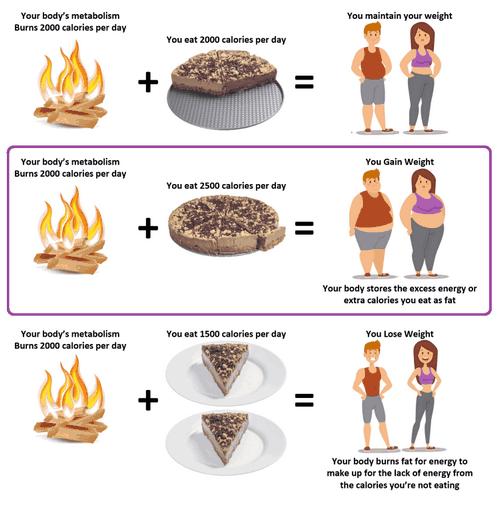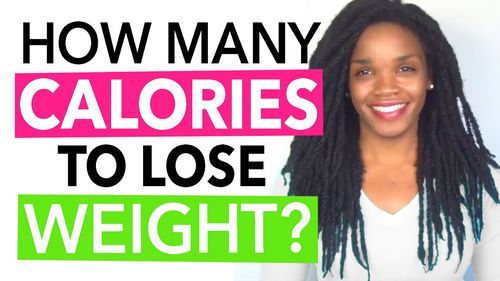
Rice calories are the edible portion of the rice plant. The rice plant, Oryza Sativa, is from India, China, Sri Lanka and other Asian countries. It is also known as wild rice because of its wild, uncultivated origins. Rice, being one of nature’s richest sources of nutrition, makes up for about 80% of our daily calorie intake.
Rice is technically the seeds of the common grass species Oryza sativa or Oryzia glaberrima. As a staple cereal grain, it’s the second most consumed grain for a vast majority of the world’s population, particularly in Asia and Africa. It’s the second highest producer of rice, with the first, sorghum, coming in at number three.
Rice’s nutrient content is much higher than other grains. This is probably why rice is often consumed with meals. Its nutrient composition is similar to whole grains such as oats, quinoa and barley, yet rice has a higher protein, fiber and vitamin E contents.
Rice has a much lower glycemic index than other cereals and grains, which is good for diabetics. It also has a reduced risk for cancer and has low levels of saturated fats, sugar, cholesterol and salt.
Rice contains starch, and starchy carbohydrates can turn into glucose quickly. The higher the concentration of glucose in the bloodstream, the faster the blood sugar rises.
High energy levels provide the body with energy to perform all day long tasks. However, people who have diabetes or who have had heart surgery are at a greater risk for having high blood sugar. Since glucose supplies fuel for the body, when glucose levels rise too high, the body requires an immediate source of energy. Rice can provide this source of energy.
Rice has many nutrients other than just glucose, which make it great for people who have high blood sugar or are taking medications to control their blood sugar. Other nutrients found in rice include calcium, protein and iron. Iron is especially important for anemia sufferers because it helps slow down the absorption of iron-based compounds, such as hemoglobin, that cause anemia.
Rice calories are an easy way to lose weight because they can be eaten raw and they are rich in fiber. Fiber provides digestive aid, which is a digestive tonic to cleanse the body. Fiber acts as a laxative to prevent constipation, while calcium aids in bone strength and cell renewal.
Rice calories are also known as ‘diet foods’ because they are good for your health, but you should be careful not to get too much.

Some experts recommend that you only eat half a cup of rice for every two pounds of body weight. Others say it is better to eat a cup of rice per day. So, if you are planning to lose weight or are following a low-calorie diet, eating only half a cup of rice per day might not be right for you.
Rice calories are easily digested and quickly absorbed by the body. So, you can enjoy the same amount of nutrition from eating fewer vegetables and fruits and more grains. without the extra amount of effort. of cooking, stirring and chopping.
Rice calories can also be used to add flavor to meals. They are used as a dip for veggies and as a topping for rice or pasta and you can add rice cakes and waffles for a delicious treat.
Rice calories are also good for weight loss. You can get extra calories and energy from just eating rice than from other vegetables, so you can use them to make an energy bar or drink with the extra rice.
The rice calories can also be used to help you feel full longer than with other sources of calories, because rice provides a bit of the nutrients you would normally get from eating grains, like oats or quinoa. They are also very filling and do not leave you feeling hungry. You don’t need to eat large amounts of fruits or vegetables to feel full.